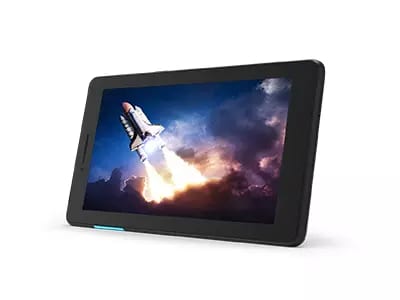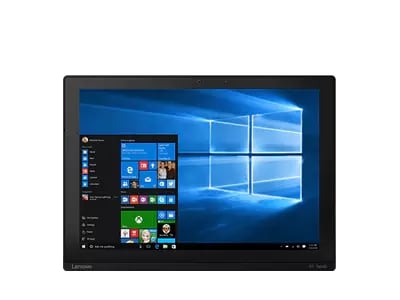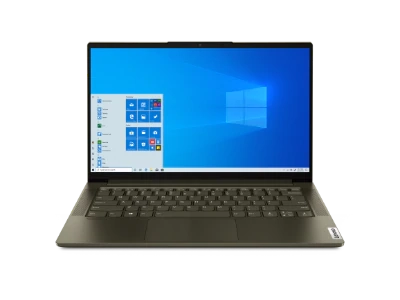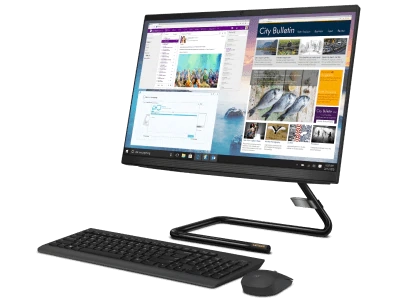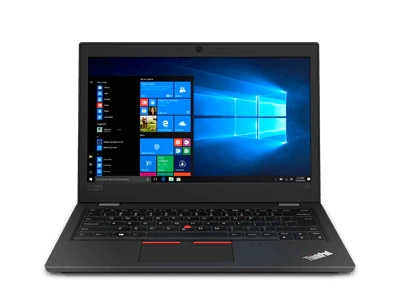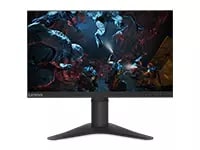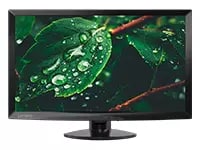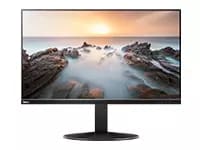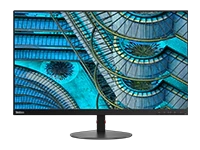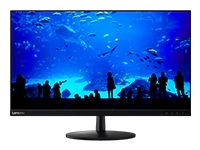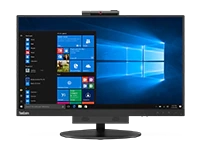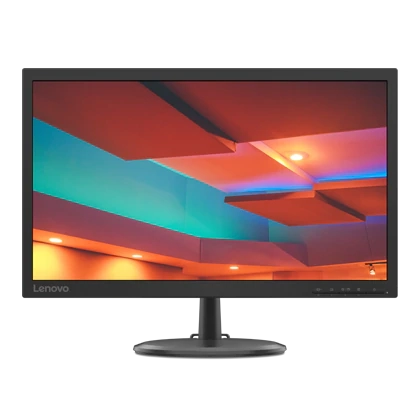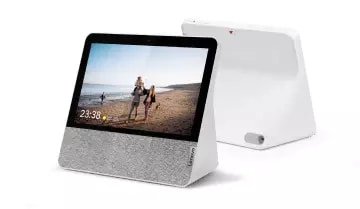How to calibrate your monitor
Many of us simply don’t realize that our computer screens need calibrating from time to time to keep them in top working order. That’s because, over time, monitors can fall out of whack. If you think the image on your screen isn’t quite what it used to be, your eyes probably aren’t deceiving you. Chances are it’s time for a calibration.
Luckily, it’s fairly straightforward to calibrate any monitor at home in just a few simple steps. There’s no need to put up with out-of-balance brightness or poor-quality images. Equally, chances are there’s nothing seriously wrong with your screen. By learning how to calibrate you’ll be saving yourself a lot of time and money in expensive repairs or replacements.
In this article, we’ll be teaching you all about calibration. Why is it important? How can you know if your monitor needs calibrating? And, last but certainly not least, how to calibrate your monitor.
So, without further ado, let’s get started.
You’ll have a crystal-clear screen in no time at all.
What is calibration?
Calibration is the process of optimizing the color output of your screen. Sometimes, over time, monitors can get out of whack. Calibration is just the process of getting your monitor display back to its factory standard. Calibration involves adjusting visual settings like brightness and contrast to reduce image distortion and inaccuracies.
Color calibrating is super important. Especially if your work involves images, graphics, or photos. If your monitor isn’t properly calibrated what you see on the screen probably isn’t as accurate as it could be. The darks may appear darker and the lights may appear lighter, for example.
The images on our computer screens are made up of individual pixels. And each pixel is a combination of red, blue, and green. These three colors are combined in varying amounts to create the specific colors needed to display an image accurately. When a display is calibrated properly, an image will always look the same. Without calibration, images may become altered.
There are many ways to calibrate a monitor. You could take it to a professional. You could invest in a designated hardware calibrator. Or (and this is what we’ll be discussing today) you can use your computer’s inbuilt calibration application to manually adjust your monitor’s display settings and color output.
Signs you need to calibrate your monitor
With time we tend to stop noticing things. And that’s one of the biggest reasons why so many of us forget – or never think to- calibrate our monitor displays. Unless you’re seriously on the ball, chances are you won’t even notice the gradual degradation of color, brightness, glare, and tone.
But it’s there alright.
Signs that your screen is due a calibration include:
- A ‘washed out’ effect
- Excessive glare
- Excessive shadow
- Color gradation
- Oversaturation in images/ videos
If in doubt- calibrate. You’ll be amazed by the results.
Benefits of calibrating your monitor
Calibrating your own monitor regularly comes with some great benefits. Especially if you’re someone who spends a lot of time working with images and photos. It’s important that your monitor display is calibrated in order to achieve accurate photo retouching and editing.
Benefits include:
Increased color accuracy
One of the main reasons for calibrating a display is to regain optimum color accuracy. Show room settings do not last forever. You’ll need to calibrate your monitor regularly to retain full color accuracy. It’s also important to calibrate your screen every time you move it to a different location.
Optimized performance
Calibration maintains optimal performance levels. Default calibrations are great for most of us, but if you have specialist needs (for example if you’re a graphic designer or photographer) then you will probably want to make some adjustments.
Standardized image outputs
If you want your image outputs to remain consistent in color then it’s essential that you calibrate your monitor regularly. This is the only way to guarantee that the images you deliver will be of a consistent quality.
Financial saving
Last but not least, calibrating your monitor means that it will serve you for longer. Most of the time, even if your monitor seems a bit out of shape, there’s no need to send it to the scrap heap. Calibration will give it a second chance at life and save you money in the process.
It’s better for your eyes
Did you know that calibrating your monitor can actually help reduce eye strain? Eye strain is a common problem these days, with more and more of us working long hours at computer screens. And a poorly calibrated monitor could be adding to the problem. If that’s not a reason to calibrate, I don’t know what is!
How to calibrate your monitor: A step-by-step guide
Calibrating your monitor manually is very straightforward. And almost all of us will need to do this at one point or another. For the majority of us a manual calibration will do just fine. This approach uses your computer’s pre-built calibration software to enhance and adjust your monitor’s color balance.
STEP 1: PREPARE
The first step involves some basic prep. Look out for the signs that your monitor needs calibration and, if in doubt, do it anyway! Calibration is especially important for high-resolution monitors if you want to benefit fully from the full breadth of color on offer.
STEP 2: CLEAN
Manual calibration involves using our own eyes, so it’s important to give your monitor a quick dust and clean before starting the process.
STEP 3: POSITION
It’s important that your monitor is out of direct sunlight during the calibration process Aim for neutral lighting away from any artificial or direct natural light.
STEP 4: CONNECT & WARM UP
Connect your monitor to a laptop or computer using either a display port or HDMI cable. Then leave your monitor to warm up for approximately 30 minutes, ensuring that it doesn’t go into hibernation mode – you may need to stay nearby to jiggle the mouse around and prevent the screen from turning off.
STEP 6: DEFAULT
Before commencing calibration, turn your monitor’s resolution back to its default settings. To do this on Windows PC simply navigate to Settings > System > Display > Resolution > Recommended. To do this on Mac navigate to System preferences > Displays > Display tab > default for display.
STEP 7: CALIBRATE
Finally, it’s calibration time. The process varies depending on whether your monitor is connected to a PC or Mac computer. But don’t worry, we’re going to run you through both options separately.
How to calibrate a monitor using a PC
If you’re using a Windows PC, you’ll need to open the calibration tool.
Type calibrate display color into the start menu and select.
If using a dual monitor setup, ensure that the calibration tool is registering the correct display.
If you haven’t already, set your monitor to factory-default color settings.
Review the Good Gamma example and adjust your display gamma using the slider to match.
Review the Good Brightness example and adjust your display brightness using the slider to match.
Review the Good Contrast example and adjust your display brightness using the slider to match.
Adjust your color balance until it reads neutral.
Click Previous Calibration to review before and after calibration samples.
Alternative calibration methods
Using our own eyesight to calibrate our monitors using the in-built calibration applications on our computer is usually perfectly adequate. However, there are some disadvantages. After all, human eyesight is not 100% reliable. The alternative is a calibration device. Calibration devices range in price but tend to range between $100 and $200. For many of us this is an unnecessary investment, however for professional photographers and designers, its probably worth the expense. A calibration device will offer accurate color profiling and pre-print previewing. Here are some of our favorites:
- Datacolor SpyderX Pro
- X-Rite i1 Display Pro
- Datacolor SpyderX Studio
- X-Rite i1Display Studio
- X-Rite i1Display Pro Plus
Calibrate for better color
Whatever you use your monitor for, whether that be general use or professional image rendering, regular calibration is important for keeping your screen working at its best. Failing to calibrate your monitor can result in poor quality imagery, distortion, and color inaccuracies. Calibrating your monitor is the best way to maintain accurate color balance and a clear display. Only with regular calibration can you know whether what you’re seeing is actually what everyone else is seeing. Whatever your motivation, go out there and calibrate your monitor today!


Limits: Orders limited to 5 computers per customer. For larger quantities, go to the “Where to Buy” section of the website for details of resellers and retailers of Lenovo products
Offerings and Availability: All offers subject to availability. Offers, prices, specifications and availability may change without notice. Product offerings and specifications advertised on this website may be changed at any time and without notice. Models pictured are for illustration purposes only. Lenovo is not responsible for photographic or typographic errors..
PCs shown here are shipped with an operating system.
Prices: Web prices advertised include VAT. Prices and offers in the cart are subject to change until the order is submitted. *Pricing - savings referenced off regular Lenovo web prices. Reseller prices may differ from those advertised here.
**Battery: These systems do not support batteries that are not genuine Lenovo-made or authorised. Systems will continue to boot, but may not charge unauthorised batteries. Lenovo has no responsibility for the performance or safety of unauthorised batteries, and provides no warranties for failures or damage arising out of their use. **Battery life is based on the MobileMark® 2014 methodology and is an estimated maximum. Actual battery life may vary based on many factors, including screen brightness, active applications, features, power management settings, battery age and conditioning, and other customer preferences.
Finance is provided by Duologi. Duologi is the trading name of Specialist Lending Ltd.
General: Review key information provided by Microsoft® that may apply to your system purchase, including details on Windows 10, Windows 8, Windows 7, and potential upgrades/downgrades. Lenovo makes no representation or warranty regarding third-party products or services.
Trademarks: Lenovo, ThinkPad, IdeaPad, ThinkCentre, ThinkStation and the Lenovo logo are trademarks of Lenovo. Microsoft, Windows, Windows NT, and the Windows logo are trademarks of Microsoft Corporation. Ultrabook, Celeron, Celeron Inside, Core Inside, Intel, Intel Logo, Intel Atom, Intel Atom Inside, Intel Core, Intel Inside, Intel Inside Logo, Intel vPro, Itanium, Itanium Inside, Pentium, Pentium Inside, vPro Inside, Xeon, Xeon Phi, Xeon Inside, and Intel Optane are trademarks of Intel Corporation or its subsidiaries in the U.S. and/or other countries.© 2023 Advanced Micro Devices, Inc. All rights reserved. AMD, the AMD Arrow logo, Athlon, EPYC, FreeSync, Ryzen, Radeon, Threadripper and combinations thereof are trademarks of Advanced Micro Devices, Inc. Other company, product or service names may be trademarks or service marks of others.








